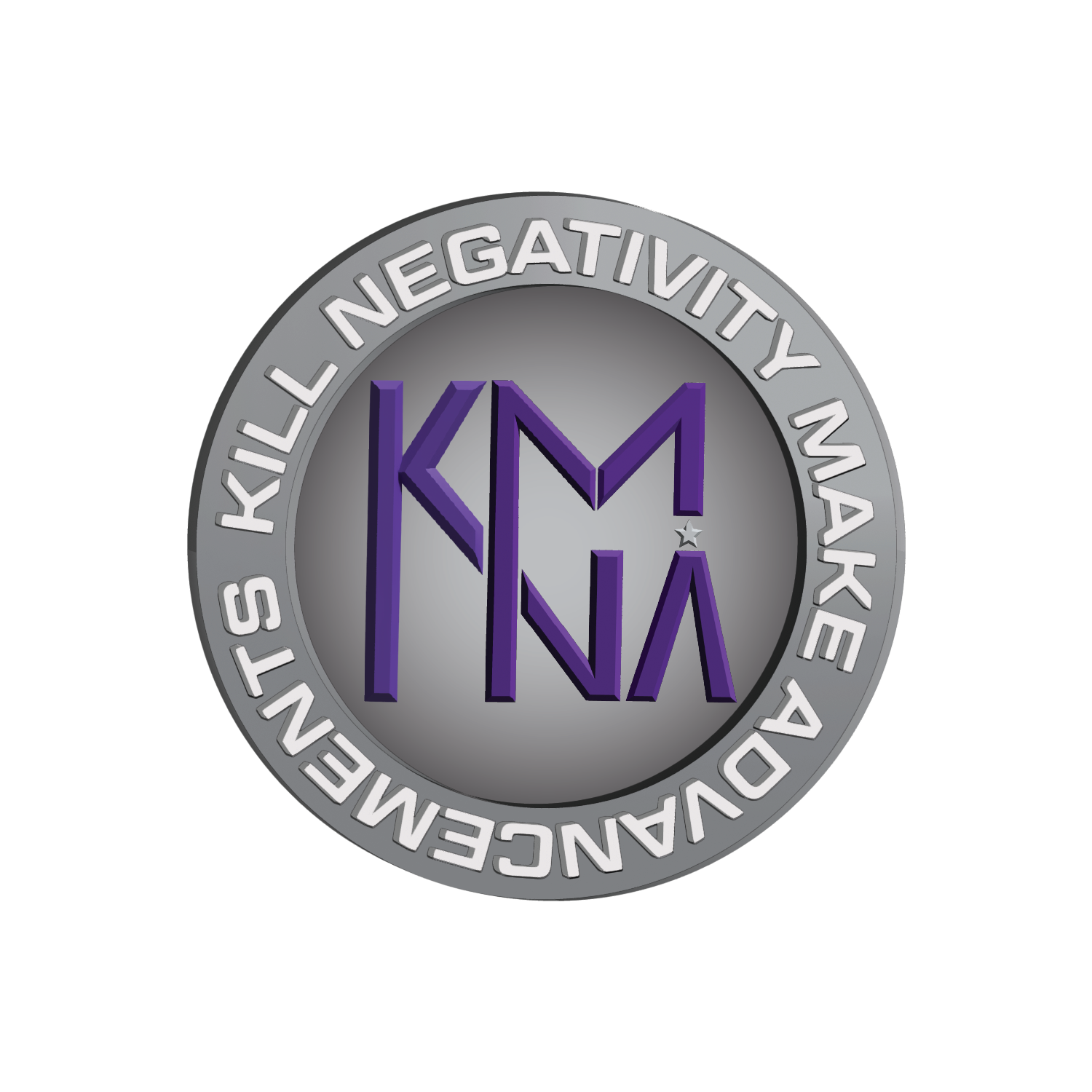The Four Pillars of Fitness: Striking the Balance Between Working Out, Rest, Recovery, and Nutrition
Introduction:
Embarking on a journey to better health often begins with a commitment to regular exercise. However, for a truly comprehensive approach to fitness, it's essential to recognize that working out is just one element of a larger picture. In this blog post, we'll explore the significance of each pillar—working out, rest, recovery, and nutrition—and discuss the optimal percentage distribution for a well-rounded fitness routine.
Working Out (30%):
Exercise is undeniably crucial for cardiovascular health, muscle strength, and overall well-being. It's the foundation upon which fitness is built. A well-rounded workout routine should include both cardiovascular exercises, such as running or cycling, and strength training to build muscle mass. However, allocating more than 30% of your focus solely to working out may lead to burnout, overtraining, and an increased risk of injury. The key is to find a sustainable balance that challenges your body without pushing it to the brink.
Rest (20%):
Rest is often underestimated in its role in achieving fitness goals. When you engage in physical activity, especially intense workouts, your muscles undergo stress and need time to repair and grow. It is during these crucial rest periods that the body repairs and strengthens these muscles, facilitating muscle growth essential for achieving aesthetic goals. Lack of adequate rest not only delays muscle repair but can also hinder the development of desired aesthetics, slowing progress and potentially increasing the risk of injuries. Aim for 7-9 hours of quality sleep each night and consider incorporating rest days into your weekly routine to prevent overtraining, promote optimal muscle recovery, and unveil the aesthetic gains achieved through dedicated workouts and proper nutrition.
Recovery (20%):
Recovery activities, such as stretching, foam rolling, and active rest, play a pivotal role in preventing injuries and enhancing performance. These practices help alleviate muscle soreness and improve flexibility. However, like rest, moderation is key. Overemphasizing recovery at the expense of other aspects may lead to a lack of overall fitness progression. Strike a balance by incorporating recovery strategies as needed based on your workout intensity and how your body feels.
Nutrition (30%):
Your body's fuel is as important as the workout itself. Nutrition provides the energy needed for workouts, supports muscle recovery, and maintains overall health. Aim for a well-balanced diet that includes a mix of macronutrients and micronutrients. Adequate hydration is also crucial for optimal performance. Consult with a nutritionist or registered dietitian to tailor your nutrition plan to your specific fitness goals and individual needs.
Conclusion:
For a truly comprehensive approach to fitness, it's vital to acknowledge the equal significance of working out, rest, recovery, and nutrition. Ensuring a balanced interaction among these pillars nurtures overall well-being and sustains your fitness journey. This balance cultivates success by challenging your body through exercise, enabling adequate rest and recovery, and supplying essential nutrients for sustained health. Embracing these core elements not only helps achieve fitness goals but also lays the groundwork for a lifelong commitment to holistic health.
